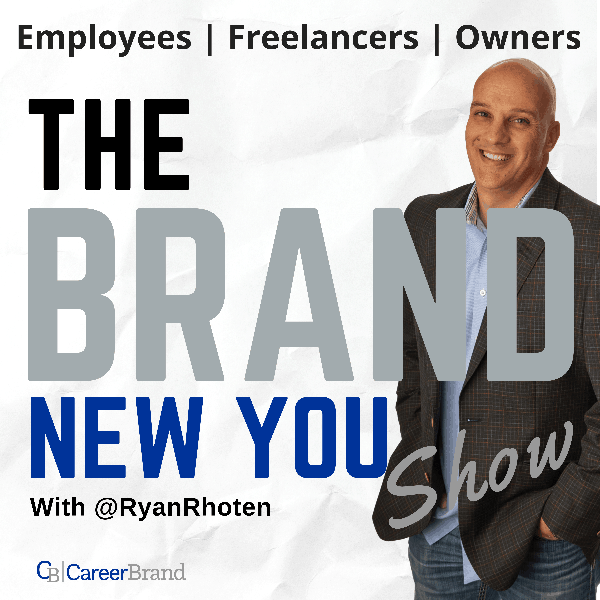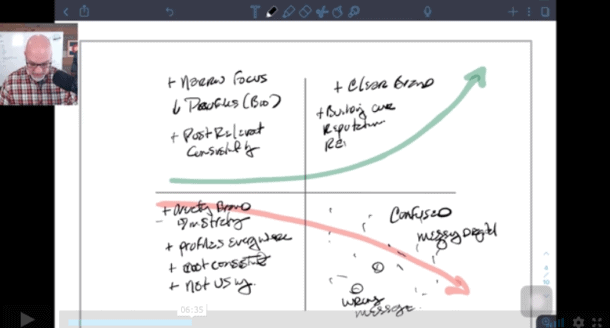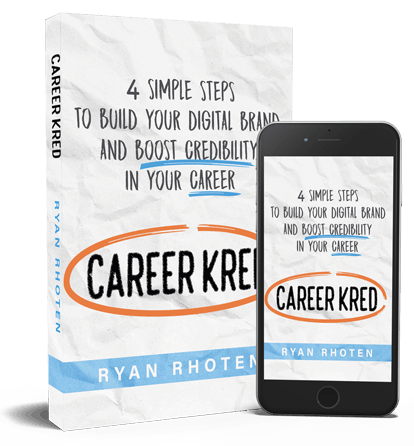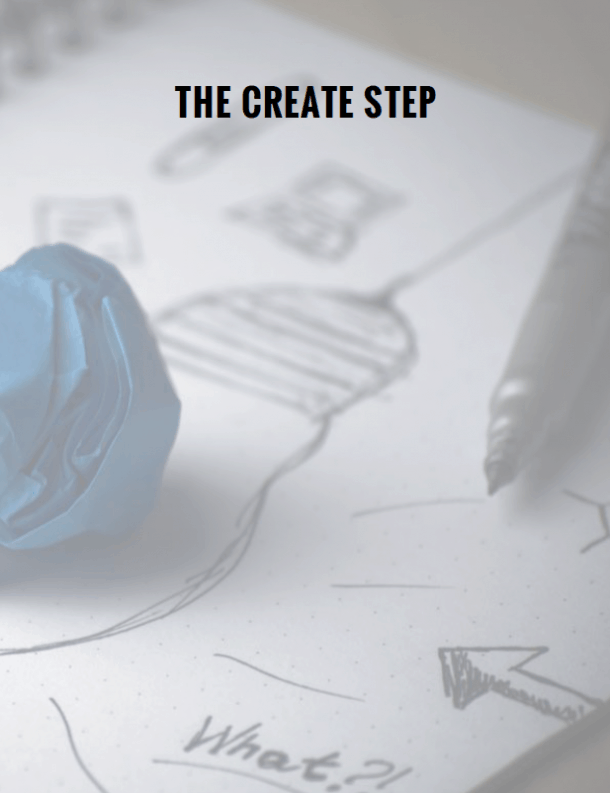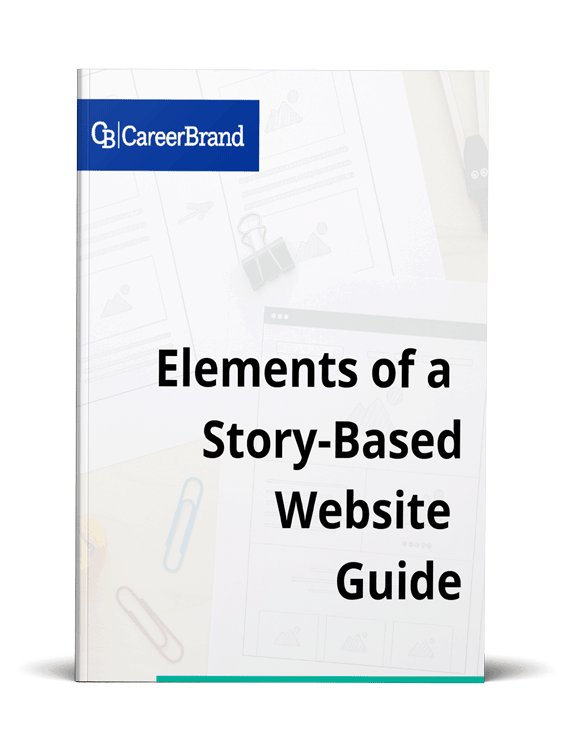Today on the Brand New You show, I welcome Sarah Johnston, also known as the Briefcase Coach, for the first ever on-site recording of the podcast in a stunning and sunny San Diego harbor.
Sarah and I are attending the Career Thought Leaders conference, and for those of you who don't know Sarah, she's a top-rated job search strategist and interview coach for higher achievers. She specializes in executive resumes and LinkedIn branding, and she was the creator of the LinkedIn jobs search series curated career conversations.
She was also recently named a top of follow on LinkedIn for 2019 and by Jobscan.
[smart_track_player url=”http://traffic.libsyn.com/thebrandnewyoushow/BNY_Sarah_Johnston_The_Briefcase_Coach.mp3″ color=”#418fde” social_linkedin=”true” social_pinterest=”true” social_email=”true” ]
Getting started in career coaching.
Before becoming a full-time career coach, Sarah was a recruiter. It was a great career for her. However, she found herself moving around for her husband's job every couple of years.
She had always loved entrepreneurship and had tried several side hustles and side gigs before she decided it was time to start something for herself.
Career coaching fit naturally with her skillset. She loves helping job seekers and people become the best version of themselves.
Starting a Business.
One of the hardest things for people considering starting a business is to make the decision and then do it. Sarah was no exception, but because she was in recruiting and had side hustle experiences, the idea of starting a business was something she felt comfortable about.
She had reached a point in her life where she was paying for two kids in daycare and didn't have any flexibility or control over her schedule. So, one day she did the math and told herself if I'm going to start a business, this is the time to do it. And so, she decided to hang a shingle.
From there, she put together a business plan but two years later, she has realized where she thought she would grow and where she thought the business would go has changed a lot. One thing that surprised her is how she gets clients today vs. what she initially thought.
As an example, she started by following the typical advice of telling her friends and family she started a business. One of the benefits of moving so much over the years was that Sarah has a pretty extensive personal network, so she reached out.
Much to her surprise, it didn't work out the way she thought it would. She believes it was because she had yet to prove herself in this new role. While her friends and family had seen her as a recruiter, they didn't know her as a business owner so, there was some social proof that needed to happen.
Generating Business Leads
For most business owners, finding your first few clients and generating leads can be frustrating, rewarding, and overwhelming all at once. Finding the “magic formula” can take time. As Sarah got started, one source of leads she decided to try was Google Ads.
Recognizing they were reasonably inexpensive, she purchased $125 worth of ads. At the time, this represented a significant investment for her business because she wasn't really making much money at that point.
Unfortunately, the ad only brought her one client. And, it wasn’t a good client because it wasn’t someone in her target market. Lesson learned.
She also tried starting a Facebook group to capture leads. She invited all her friends but quickly realized if she was going to attract clients, she was going to have to spend money on Facebook ads.
While she knew a lot of people who were growing their business doing Facebook ads spend, she knew that wasn't the way she wanted to grow the business. Like most entrepreneurs, she tried different things, some worked, some didn’t, and then she decided to give LinkedIn a try.
Growing your business on LinkedIn?
Fast forward two years to today and Sarah has built a significant following on LinkedIn with over 20,000 followers. For Sarah, having such a large audience has been essential for growing her business.
The LinkedIn platform allows her to push out quality content every day while having some control over the message and the value she delivers to her following. LinkedIn has given her the opportunity to make a great first impression to attract the right clients to her LinkedIn platform.
The bonus of having 20,000 followers means that whenever someone likes or comments on her content, that content goes to a percentage of their followers and their connections. So, she continually gets more exposure and more people who learn about the work she does.
The importance of having a LinkedIn content strategy.
Consistent content has been super important for growing her business. She approaches her material with an abundance mentality. She wants to share as much knowledge as possible with people. Which has led to many people who message her every day and say;
“You know what? I got a job using the stuff that you share online.”
While she’s happy for those folks, she knows some people want personalized service and one-on-one support, and her content gives them a taste of what they could get if they worked with her one on one.
How much time should you spend on LinkedIn?
While some advice points to spending only nine minutes on LinkedIn to create a brand, Sarah spends anywhere from 45 minutes and two hours a day on the platform. She does this because she’s in growth mode and at this point doesn’t have a significant amount of referral business.
During her time on the platform, she is engaging in content, responding to people's messages, sharing articles, writing articles, the whole gamut. But it’s time well spent for her because she views LinkedIn as her sales team. It brings her business without paying for ads.
Where do you find the content you post on LinkedIn?
When I mention creating content to people, one of the first objections I hear is, “I don't know where to find content to write about.” Or, “I don't know what to put out.”
Sarah, who posts 3-5 times week on the platform, finds her content in everyday life she just spins what she sees in different ways and if she can tie in a personal story all the better. Sarah likens creating content to exercising any muscle in your body.
The more you write, the more you think about content, the more you start to see it everywhere.
Think about talking to a personal trainer about getting in shape. They’ll tell you it's all about consistency. You can't work out really, really hard for a day and expect to have abs. When started on the LinkedIn she committed to posting every business day.
While it was hard at first, she can now crank out a post in about 10 minutes. It’s become second nature to her, and it becomes easier when you make that commitment.
While she no longer posts every business day, you will find her posting typically on Monday, Tuesday, Thursday, and then either Wednesday or Friday.
How does the LinkedIn Algorithm work?
LinkedIn obviously pays attention to the people who post content on their site via their algorithm which Sarah knows changes regularly. Since it’s such a great lead generator for her business, she follows the trends and tries to track how the algorithm works and how any changes affect her content.
Through her research, she has found that for her content, posting at 7:30 AM eastern standard time works best. This makes sense because many of her followers are on the east coast and they check LinkedIn first when they get to work.
Does LinkedIn like video?
Sarah’s short answer is yes, but. Regardless of the content type, video or written, LinkedIn seems to prefer native content strongly. She likens LinkedIn to a jealous lover. They want people to spend all of their time on the platform.
So, if you put a YouTube link into a post or an update, you're directing people to leave LinkedIn, and your post won’t perform as well. LinkedIn prefers you upload your post or video directly to the site.
One trick she recommends when posting articles and links is to put the links in the comment section. This way you still get the link and algorithm won't ding you.
Other places to generating leads for your business.
While LinkedIn works well for Sarah, she knows she’s one algorithm change away from losing some leads. Being a smart business owner, she diversifies her lead generation activates in other areas as well.
One area she is learning more about and focusing on more is Search Engine Optimization (SEO) and Google local search. If you’re a business owner and don’t have a Google My Business account, you should definitely get one.
Another area she has started exploring is the question and answer site Quora. The content posted there sticks around longer. For example, a post on LinkedIn usually goes away in 24 hours with Quora, you post live on indefinitely.
She also finds excellent leads from her email list. She uses her newsletter to reengage past clients, to pique the interest of current clients, and find those potential clients who are reviewing her content before making a decision.
The Briefcase Coach
Two years in and Sarah continues to find her business personally rewarding. She loves the people she works with, and the stories she gets to help people tell. But the most exciting thing for her is when she receives an email from someone saying:
“I landed the job. I'm making “X” amount more money than I'm making before.”
Sarah is a job search strategist for high achievers. She works with a range of people from early career to senior level. The majority of her clients are at the senior executive level, but she really likes working with people who know where they want to go and just need help getting there.
Career Coaching Services
Sarah helps her clients with executive resume writing, interview coaching, and hidden job market job search strategy. Her favorite service is interview coaching.
Interview Coaching
She helps clients learn how to research the opportunity so that they can show up for the interview prepared, engaged and passionate. As a former corporate recruiter, she knows candidates need to make sure they demonstrate to the company they know what they're about and that you understand their pain points, which boils down to how much you’ve researched the opportunity.
Making a good first impression is critical. Approximately 33% of hiring managers make a decision about a candidate within the first five minutes of an interview. This includes the small moments leading up to the interview such as the casual questions, “hey, how's it going? and did you find the office, okay?” Not to mention the dreaded, “Tell me about yourself” question.
The hidden job market coaching
It’s a relatively known fact that about 80% of jobs aren't posted. To find those jobs, Sarah helps people figure out ways around applicant tracking systems. According to Glassdoor, 250 people apply for any one job at a large company, and only three people get invited for an interview.
Those are not great odds. But if you can get a backdoor way, if you can meet with a hiring manager, then your odds go up significantly. This is where Sarah’s background comes in handy.
One of the benefits of working with her is that she’s moved around a lot, so she’s had to conduct numerous job searches in completely cold markets where she doesn’t know anyone. She uses those same tips and tricks with her clients.
Visit The Briefcase Coach – Sarah Johnston
You can learn more about Sarah at the following links.
Website: http://www.briefcasecoach.com
LinkedIn: https://www.linkedin.com/in/sarahdjohnston/
Twitter: https://twitter.com/SarahDJohnston
